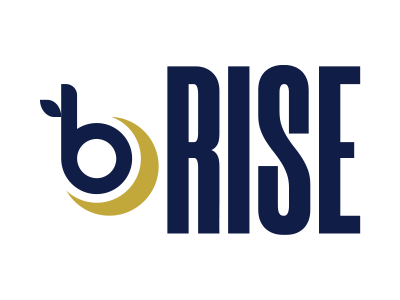To reach your organization’s goals it is essential to have a clear understanding of the assets in your organization and how they interact. Strategic asset management is a system that allows for transparent and consistent decision-making that is based on an analysis of the benefits, costs, and the risks associated with physical assets throughout their life span. Find functional dependencies that can be prioritized for scheduled and preventive maintenance, and reduce unplanned downtime. Maximize your return on investment by determining the most effective combination of efficiency and cost across your entire infrastructure.
The strategic asset management process is a comprehensive and progressively detailed suite of documents, processes, and digital tools that align physical infrastructure investments with the overall strategic goals of the organization. It starts with a thorough, top-down evaluation of long-term physical infrastructure investment alternatives. This includes balancing capital and operational expenditures from a total cost (TOTEX) perspective, leveraging data on asset condition, and taking into account current service levels and community needs.
By using the correct data it can inform resource planning and staffing for ongoing maintenance and operation of assets and upgrade or replacement plans. It is also a great way to streamline work orders, which reduces downtime and increases the efficiency of your operations team.
The process is a good way to establish an action plan to achieve sustainable goals by maximising asset utilization. This can be achieved through load balancing, asset sharing or redeployment strategies. It may also require the implementation of new contracts or reviewing current ones with contractors or suppliers to improve energy and environment performance.
https://agecheckstandard.com fortifying network security in the digital economy

